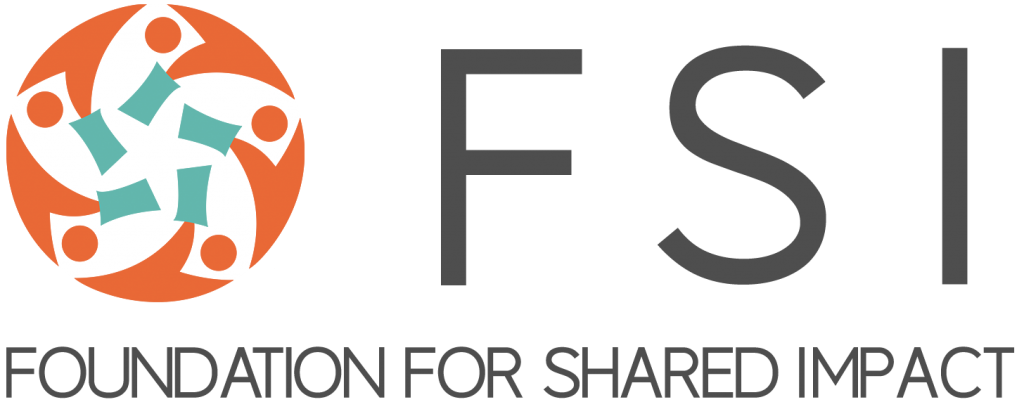Across Hong Kong, classes from primary through university are back in session. For many parents, administrators, and students at all levels one education goal has been paramount: get back to the way things used to be. But it is worth taking time to think about whether returning to “normal” is the ideal goal. For all its challenges, COVID has provided an unprecedented opportunity to rethink and reshape our education system, and we should not squander this opportunity.
Although education has been called the “great equalizer”, the pandemic has clearly illuminated the disparity of opportunities in Hong Kong. The unplanned shift to online learning last year affected students at all levels, but especially many of the 181,200 disadvantaged children in the city who had trouble accessing the tools necessary to keep up. A survey found that over 200,000 Hong Kong households do not have a personal computer, including only 33.9% of households with a monthly income of less than HK$10,000. Conversely, the rate is 96.5% for households with a monthly income more than HK$50,000.
But even when access to hardware was not a problem, internet connections were often too unstable to support streaming videos. A staggering 65% of Hong Kong students had to study on their phone last year, and many had to rely on free internet from businesses like McDonald’s and 7-Eleven, risking infection and having their lessons disrupted when the 30-minute free Wi-Fi access ended. If left unmitigated, the technology divide will further exacerbate the wealth gap in Hong Kong, which is the widest in four decades.

China is taking the opportunity to make substantial changes. This year Chinese authorities released a series of education reforms aimed at reducing education inequality, improving student wellbeing, and limiting off-campus tutoring for students undergoing compulsory education. To protect student mental and physical health, the new regulations ban students aged 6 from all exams, and students in other years of compulsory education will only have to take examinations once a term. Written homework was banned for first- and second-graders, and limited for junior high students to no more than 1.5 hours per night. Teachers in China will be required to rotate schools every six years, to ensure top talent is evenly spread among schools. And schools are banned from setting up priority classes for gifted students.
Authorities also took aim at China’s tutoring industry, banning for-profit companies from tutoring in core curriculum subjects. All private tutoring firms now must register as non-profits, limit online tutoring class to no more than 30 minutes, and the last tutoring lesson must end by 9pm.
While imperfect, the premise behind these changes makes sense: compulsory education should not overburden children, require excessive cost for families, or necessitate hours of additional study in tutorial centers just to get by. Hong Kong’s education system similarly prioritizes academic achievement over practical skills and student wellbeing. The shadow education industry in Hong Kong generated HK$4.3 billion in 2015-16, with a single tutor rejecting an offer for $11 million salary in the so-called “tutor wars”. And private school tuition for primary and secondary school can top more than HK$200,000 per year.

But even though there are serious challenges, the exciting reality is that these are some of the most fixable in the history of public education. With a combination of improved policy, a change in perspective, and intelligent integration of useful education technology, we could usher in a golden age for education where free, quality education is available to everyone.
First, we need to make sure to not jettison all the great EdTech that was developed and utilized during the pandemic. As bad as things may have seemed last year, a recent study found that the happiness level of Hong Kong primary and secondary students has reached a seven-year high, due in part to more leisure time while learning online at home.
When done right, EdTech can enable student autonomy through self-paced learning while enhancing interactive and collaborative learning in class. For students with special needs or disabilities, EdTech can make learning more accessible and self-expression more achievable. Utilizing games and apps, teachers can integrate social-emotional learning into the daily curriculum to help their students build self-awareness, self-management, relationship skills, responsible decision-making, and leadership and collaboration skills. With real-time data collection, teachers can easily assess student performances and wellbeing, and identify suitable interventions accordingly. The key is to ensure students have equitable access to technology, and educators and parents are provided the support they need. Moreover, we need to increase support to Hong Kong’s growing EdTech industry, which features startups like Weava Tools and Snapask, among others, which are collectively helping students around the world in their studies.
The government also needs to review and rectify education policy based on changing demographics in the city, including both low birth rates and the increase in the ethnic minority population. As a multicultural city, Hong Kong is doing a poor job of supporting non-Chinese-speaking students and in-class diversity. Surveys found that only 38% of teachers feel confident in teaching Chinese to non-Chinese-speakers, and ethnic minority students only understand 70% of what is taught in class, which helps explain their low university enrollment rate, at just 1.4% in 2016-17. Again, there are amazing NGOs helping to bridge the gap, like EmpowerU and Integrated Brilliant Education, but our goal should be to ensure that all students’ needs are being met, regardless of ethnicity or wealth.
With all the technology and resources available, why not aspire to a society that has truly equal access to education, at primary, secondary, and tertiary levels? Let’s take this opportunity to dream bigger and make a plan that serves all Hong Kongers for decades to come.



